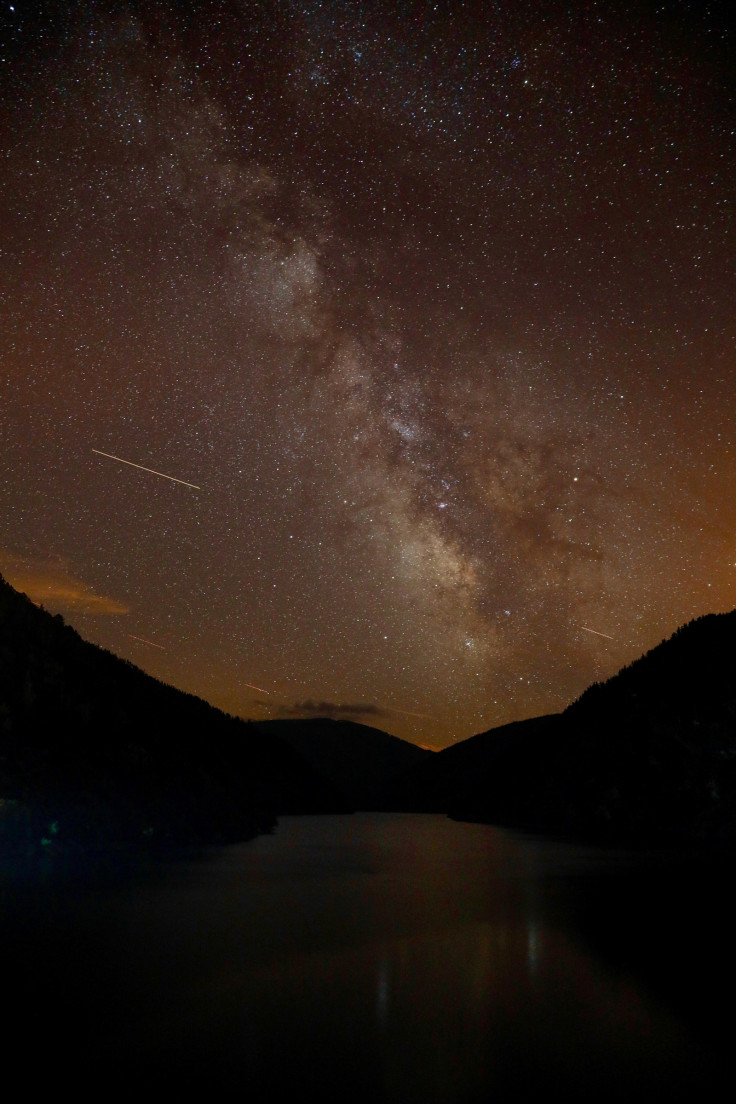60-million-year-old meteor strike found in Scotland but geologists are not sure where exactly it hit
Researchers studied the rock samples in the lab and found that it contained rare minerals straight from outer space.

Geologists have uncovered a meteor strike in the Scottish Isle of Skye that happened 60 million years ago while exploring volcanic rocks in the region. This is the first meteoric impact to have been described within the British Paleogene Igneous Province (BPIP).
Actual sections of the original meteor were found at the bottom of a 60 million-year-old lava flow, reports Phys.org (PO). "We thought it was an ignimbrite (a volcanic flow deposit)," lead researcher Simon Drake said.
However, the rock samples were studied in the lab by researchers, it was discovered that it contained rare minerals straight from outer space: vanadium-rich and niobium-rich osbornite.
Both of these minerals have never been found on Earth. The report mentions that these two minerals have been collected by Nasa in outer space, specifically in the wake of the Wild 2 comet during the Stardust Comet Sample Return Mission.
The Scottish osbornite is also in its unmelted form, notes the report, which means it was from an original part of the meteorite. This meteor also contained reidite, an extremely high-pressure form of zircon, which in nature can only come from a meteor impact. Drake and his team found barringerite, native iron, and other exotic, out-of-this-world minerals in the impact zone.
A second site, just seven km away, also had a two-metre thick layer with a similarly otherworldly mineralogy, notes the report. Drake and his team have studied a third lava pour site within the British Paleogene Igneous Province and have found similar minerals. They have left several questions unanswered, notes the report.
Scientists are yet to ascertain the exact time at which these meteors hit and where exactly they hit the Earth. Drake and his team are yet to identify whether the impact of these meteors caused the lava flows that are dated to about the same time and if it did, to what extent it affected the volcanic activity in the North Atlantic Igneous Province.
Drake was reportedly surprised that this had not been identified before, because this region was well studied and documented by geologists.





















